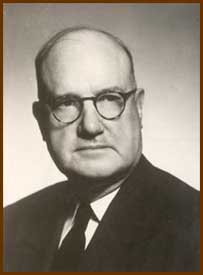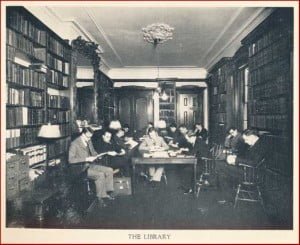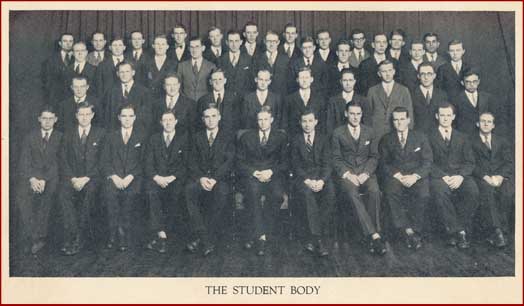THE SCHOOL & FAMILY CATECHIST.
by Rev. William Smith
The Westminster Shorter Catechism, Question 33.
Q. 33. What is justification ?
A. Justification is an act of God’s free grace, wherein he pardoneth all our sins, and accepteth us as righteous in his sight, only for the righteousness of Christ, imputed to us, and received by faith alone.
EXPLICATION.
An act. –Justification (or the declaring of a sinner to be righteous in God’s sight,) is called an act because it is a deed done, or passed, in the sinner’s favor, in an instant, and is not a work of time.
Free grace. –Free and undeserved favor, and not occasioned by any thing which the sinner either has done, or can do, for himself.
Pardoneth all our sins. –Frees us from being liable, or bound over, to everlasting punishment on account of our sin.
Accepteth us as righteous. –That is, God receives us into his favor, as if we had been entirely free from sin, and bestows upon us a full title to everlasting life and happiness.
Righteousness of Christ. –The holiness of his nature as man, the obedience of his life, and his satisfactory death.
Imputed to us. –That is, God places Christ’s righteousness to our account, or considers it as our own, and deals with us as righteous persons.
By faith. –By believing in the all-sufficiency and efficacy of Christ’s imputed righteousness.
ANALYSIS.
The information here received concerning the nature of justification, may be divided into six particulars :–
- We are first told that justification is an act of God’s free grace. –Rom. viii. 1. There is, therefore, now no condemnation to them which are in Christ Jesus, who walk not after the flesh, but after the Spirit. –Rom iii. 24. Being justified freely by his grace, through the redemption that is in Christ Jesus.
- That in this act, God pardons all our sins. –Psalm ciii. 2, 3. Bless the Lord, O my soul, and forget not all his benefits, who forgiveth all thine iniquities, and healeth all thy diseases.
- That in it he likewise accepts us as righteous in his sight. –2 Cor. v. 21. He hath made him to be sin for us who knew no sin, that we might be made the righteousness of God in him.
- That he accepts us only for the righteousness of Christ. –Rom. v. 19. As by one man’s disobedience many were made sinners, so by the obedience of one shall many be made righteous.
- That Christ’s righteousness is imputed to us. –1 Cor. i. 30. But of him are ye in Christ Jesus, who of God is made unto us wisdom and righteousness, and sanctification, and redemption.
- That this righteousness can be received by faith alone. –Gal. ii. 16. Knowing that a man is not justified by the works of the law, but by the faith of Jesus Christ, even we have believed in Jesus Christ, that we might be justified by the faith of Christ.




